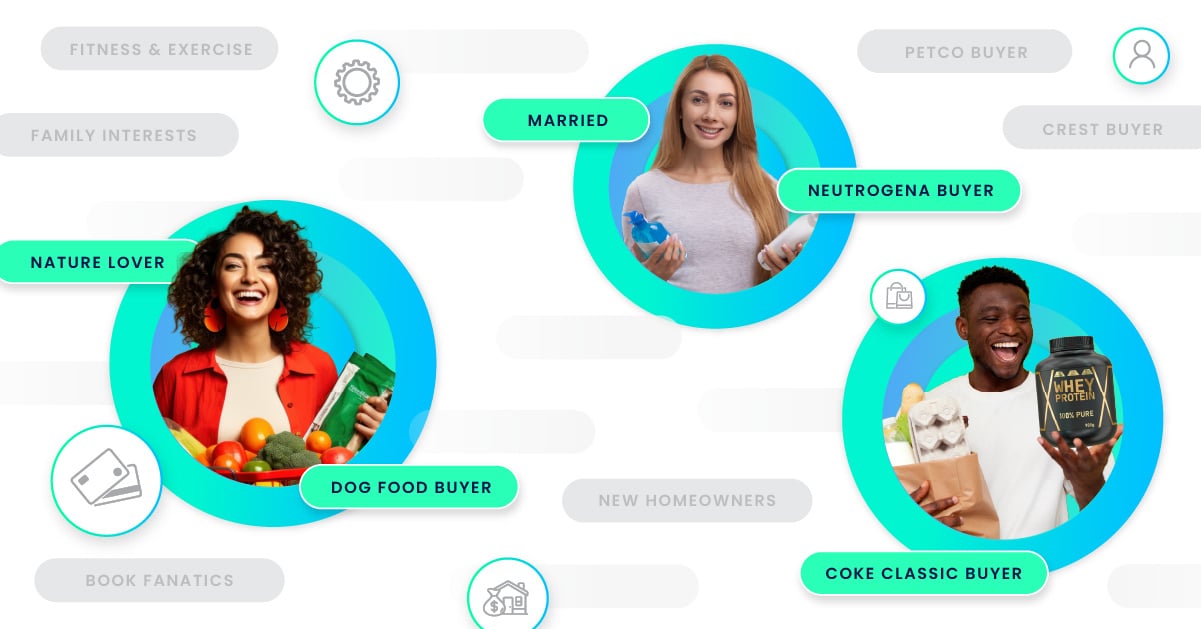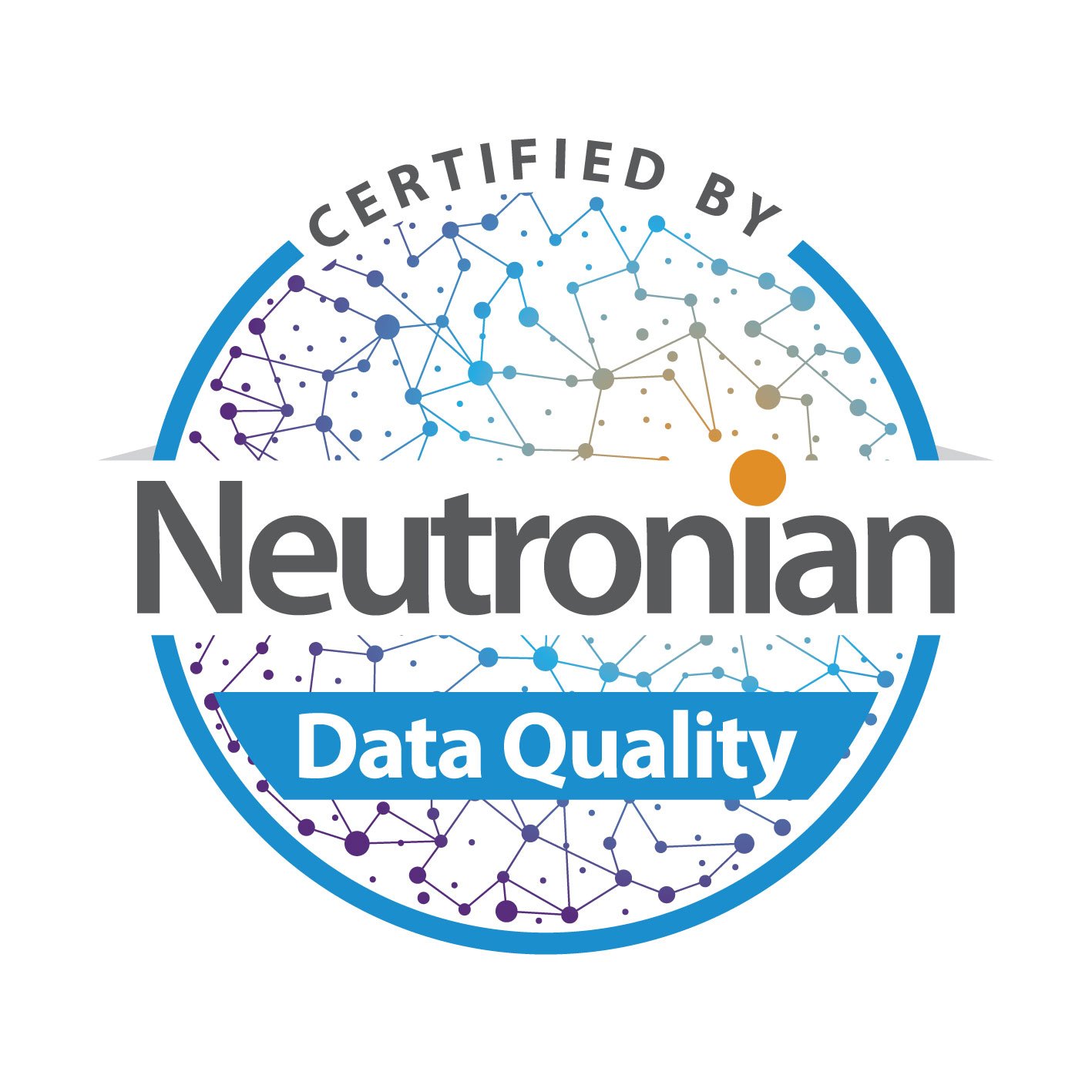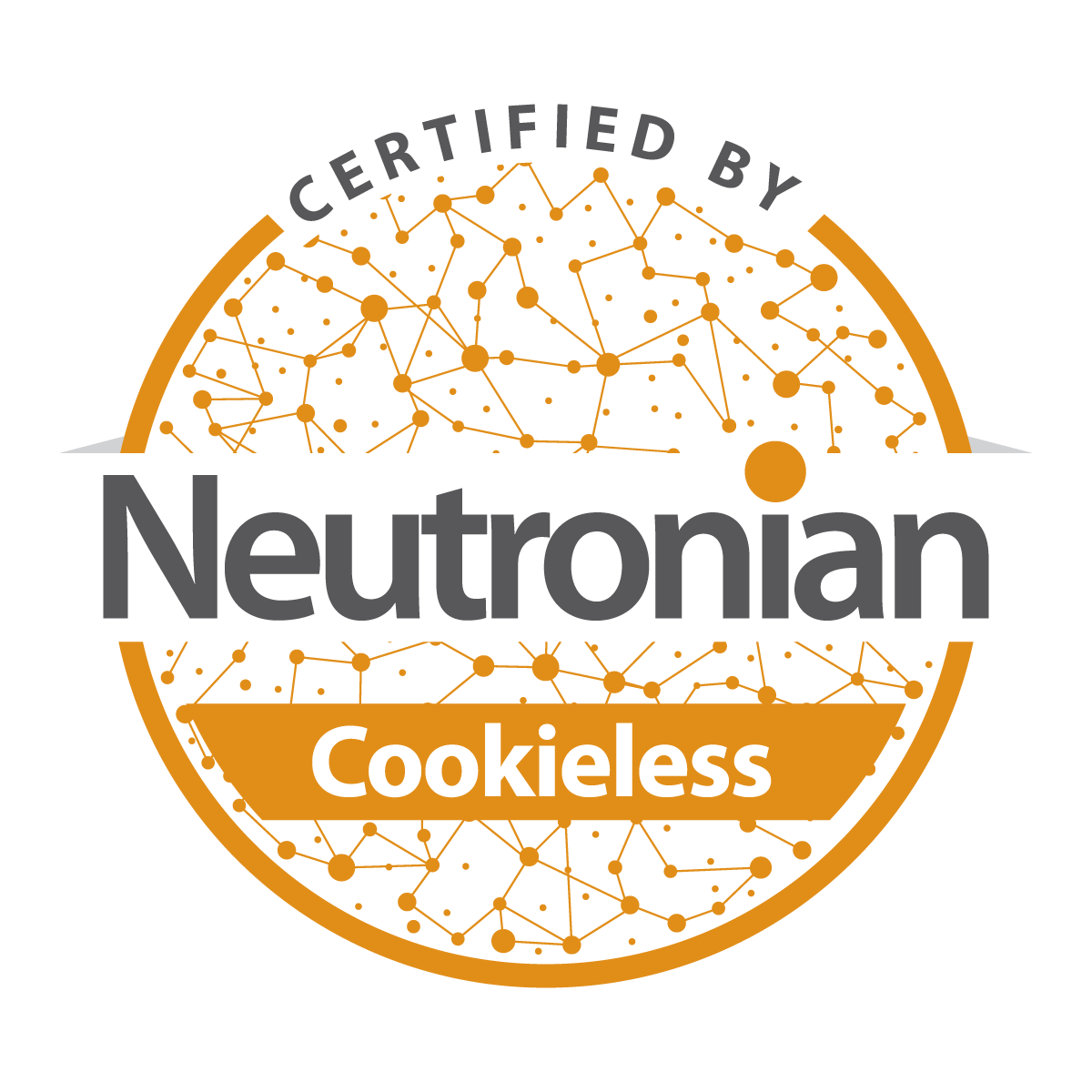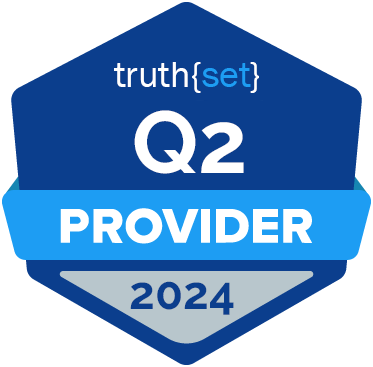Originally Featured on AiThority
The looming loss of cookies and the quest for alternative targeting tactics has led to a revival in contextual data. As the industry came back together this year for a slew of in-person events, it was encouraging to see so many different solutions discussed on stage by speakers and panelists.
It was also a little surprising to see just how much attention contextual targeting received.
Contextual has many uses, ranging from targeting based on intent to controlling brand safety, but it certainly has limitations, too, and that should be enough for marketers to pause before they put all of their chips on contextual in 2022.
The path toward the future is not to go back to older techniques, simply because embracing the past is the easier thing to do. Audience targeting isn’t going away – it’s changing. The best plan for the future isn’t to simply rip and replace, but to take a step forward and evolve audience targeting. In doing so, advertisers will likely take advantage of the strengths of contextual, too.
Going back in time
The benefits of contextual are very clear to anyone who has been involved in online advertising.
Contextual approaches don’t require any audience profiles, making them completely privacy-friendly. There’s no reliance on an identifier, so there’s no signal loss to worry about with pending changes from Google or any other players. Meanwhile, the walled gardens themselves rely heavily on contextual targeting capabilities.
Despite these benefits, there are a few areas where contextual falls short. To begin with, using contextual in its purest sense – to tie ads to the context and content on the page – limits the view of the potential customer. Understanding of the audience is reduced to a single insight, which is that this audience is likely interested in the content on the page. This says nothing bout the quality of the audience or other interests. Making a solid contextual match between content and ad message can deliver strong results, but campaigns will always perform better with the deepest possible audience insights.
The lack of an understanding of the audience can also lead to inconsistent customer messaging across channels. Today’s advertising is an always-on, omnichannel discipline. Customers have infinite options on how they want to consume media, and they move across devices throughout the day to do so. Building a strategy solely around contextual isn’t necessarily going to eliminate the ability to reach consumers across all channels, but it may jumble the messaging.
For example, if a brand uses different creative or messages for mobile video, CTV, and desktop display, then a potential customer may end up seeing three different versions of a brand across a single afternoon. There’s also the challenge of moving prospects through the sales funnel.
Brands frequently use different messages to move these consumers on to the next stage of the buying process and contextual make it difficult to determine if the consumer should see a branding message or a more defined call to action in the creative.
Frequency capping concerns
The omnichannel and sales funnel misalignment leads to another issue, which is frequency capping. It’s much harder to control for ad exposure without a persistent identifier. This is already an issue in CTV.
If it becomes an issue across all media formats, brands may end up reaching one portion of their target audience over and over and over again, while another portion remains completely unexposed, because that audience segment isn’t consuming the kind of content that the brand is contextually targeting around.
These issues are hardly new, as this is what brands frequently encountered in the pre-programmatic days of online advertising. While adopting a strictly-contextual approach may be relatively easy, it’s also a bit lazy, and it will send brands back in time to 2008. No brand wants to rely solely on Facebook and Google for their data-driven targeting going forward, and no brand wants to get sent backward 15 years, either. Clearly, the path ahead is somewhere in the middle.
There are plenty of instances where contextual data can be used as a signal to understand intent. A consumer who visits a review site, a buyer’s guide, or “best products of the year” roundup is showing intent to make a purchase. That inventory is incredibly valuable, especially when contextual can provide the nuance to understand the difference between say, a review of a product and a news story about a product recall.
Still, inventory that appears around other kinds of content is less clear in delivering a signal.
Yes, someone reading about Hawaii may be interested in planning a vacation, or they may just be reading a news story. It’s not always possible to determine intent based on 10 minutes of reading time. But some combination of the two methods can be deeply illuminating for advertisers, especially if the data exchange is done in a privacy-compliant fashion that doesn’t leave the customer with a creepy feeling.
Implement complementary media strategies
To put a fine point on all of this, contextual and audience targeting are complementary media buying strategies, and no one approach should dominate.
Cookies are just one method of building audiences.
Contextual isn’t a cookie replacement, because contextual already stands apart from audience targeting. There are already many viable identity solutions in the market today, such as Unified ID 2.0 and RampID, as well as hashed email and IP address products. As advertisers seek new ways to construct audience profiles in a privacy-friendly fashion, there will be more to emerge in the coming years.
Rather than jump back in time by trying to completely replace audience with contextual, brands need to firmly grasp what makes contextual so unique and apply that to their audience strategy.
Solid insights sourced from deterministic, known customers will remain at the brand’s disposal after Google’s cookie change comes about. Matching this data to stable, privacy-compliant identifiers will create a great experience and opportunities for marketers. And it will also leave the possibility of appending contextual insights open.
Interested in learning more about contextual and audience targeting? Reach out to us directly here!































Submit a Comment